Integrating Natural Processes in Architecture through the Biomimetics of Nature
Intro
This thesis works with the state’s paramilitary gardening. Advancing existing greening dogma to begin acknowledging eco-complexity, while, shifting away from methodical approach in design to one that is all-encompassing for both humans and non-human species. The next four section walks the readers through existing paradigms, expounding on what is nature, translation of digital data and development of the design engine: Nature is Pink!
Current Paradigms and Future Projections
Ecological concepts are obscured in the process of the state’s conquest of nature. To affirm the new nationalistic identity, decorative and tractable plants are arranged in a simple geometry as a comprehensible metaphysical symbol of a submissive and orderly garden, created by the state. The fixation on ornamentality has manifested in artificial ecosystems that are governed by man. Further, the perplexing processes of an ecosystem, requires references from nature, predicated by visual cognizance. Possible misperception may have disrupted natural processes from occurring within the city: ranging from ecological imbalance to ecological mismatch.
Nature is Process…
Nature is a process, it involves the interactions among plants, animals, and the environment. These interactions come in different forms: photosynthesis, consumption, pollination, dispersion, decomposition and etc. Together, they create and influence the ecosystem and ecological communities (McHarg, 1995).
Representations and Methodology
The elevational photos of multiple forests are used as a biological model. From here, these photos have their colours averaged to determine depth. After which, based on the width of the canopy, these depths are extrapolated in the perpendicular axis, forming a three-dimensional data for digital simulation. The processed data then contains data with regards to the forest’s internal environment: of varying light and volume at different heights.
On average, a resolution mapping of 7m between each colours provides the most optimal results that allows for depth to be digitally simulated.
Utilising the processed data, volumetric spaces could be developed against height. Through Weaverbird’s physics simulation, spatial computation could be computed by lighting principles.
Nature is Pink!
“Nature is Pink” calls upon the need for an alternative non-human perspective. Thenceforth, creating possibilities of bridging both: the natural and urban ecosystems. By homogenising the natural, it extends the territory of existing natural ecosystems and propagates all the benefits of a highly functional ecosystems into the physical environment. In this manner, changing the discourse on sustainability to sustenance.
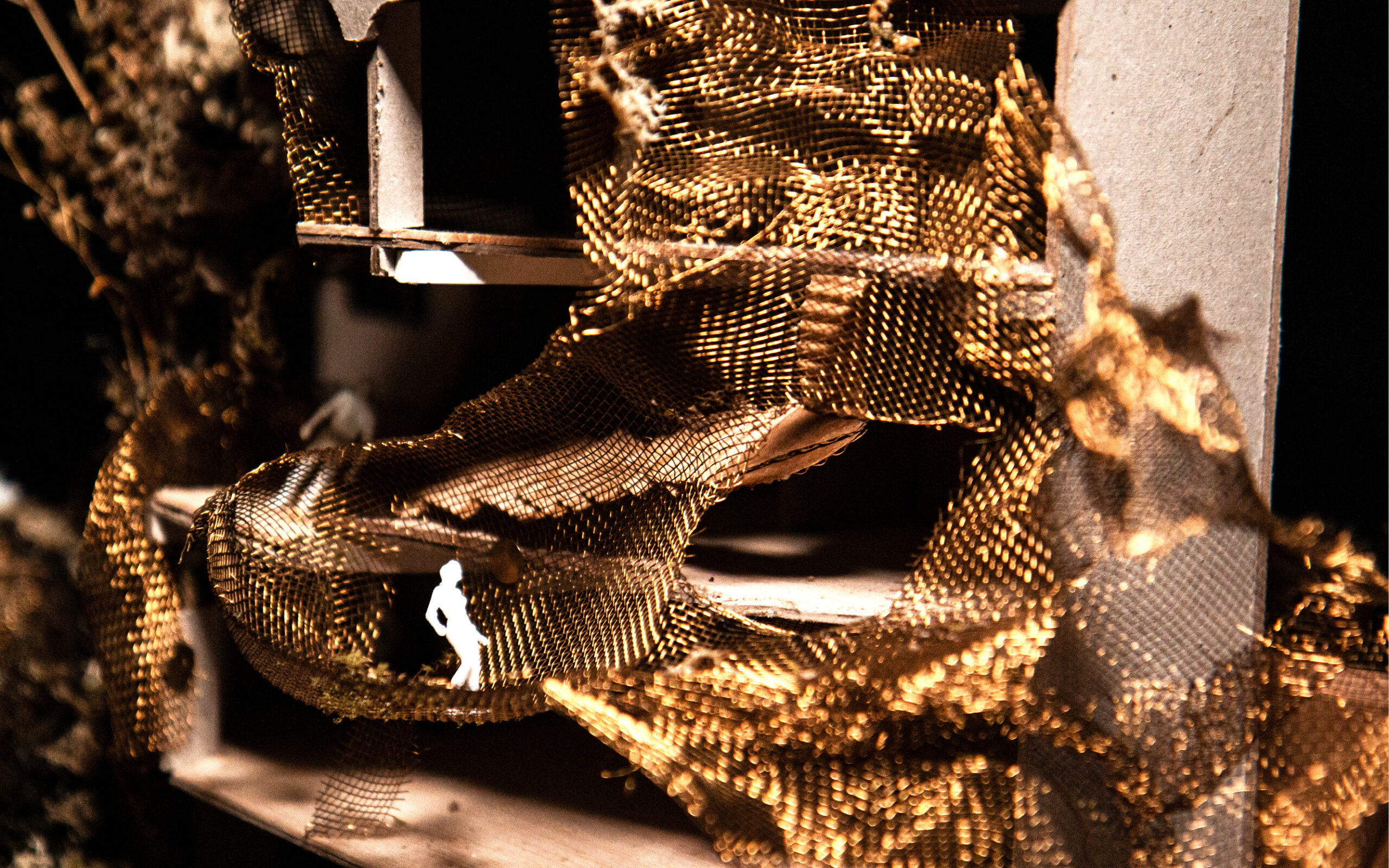
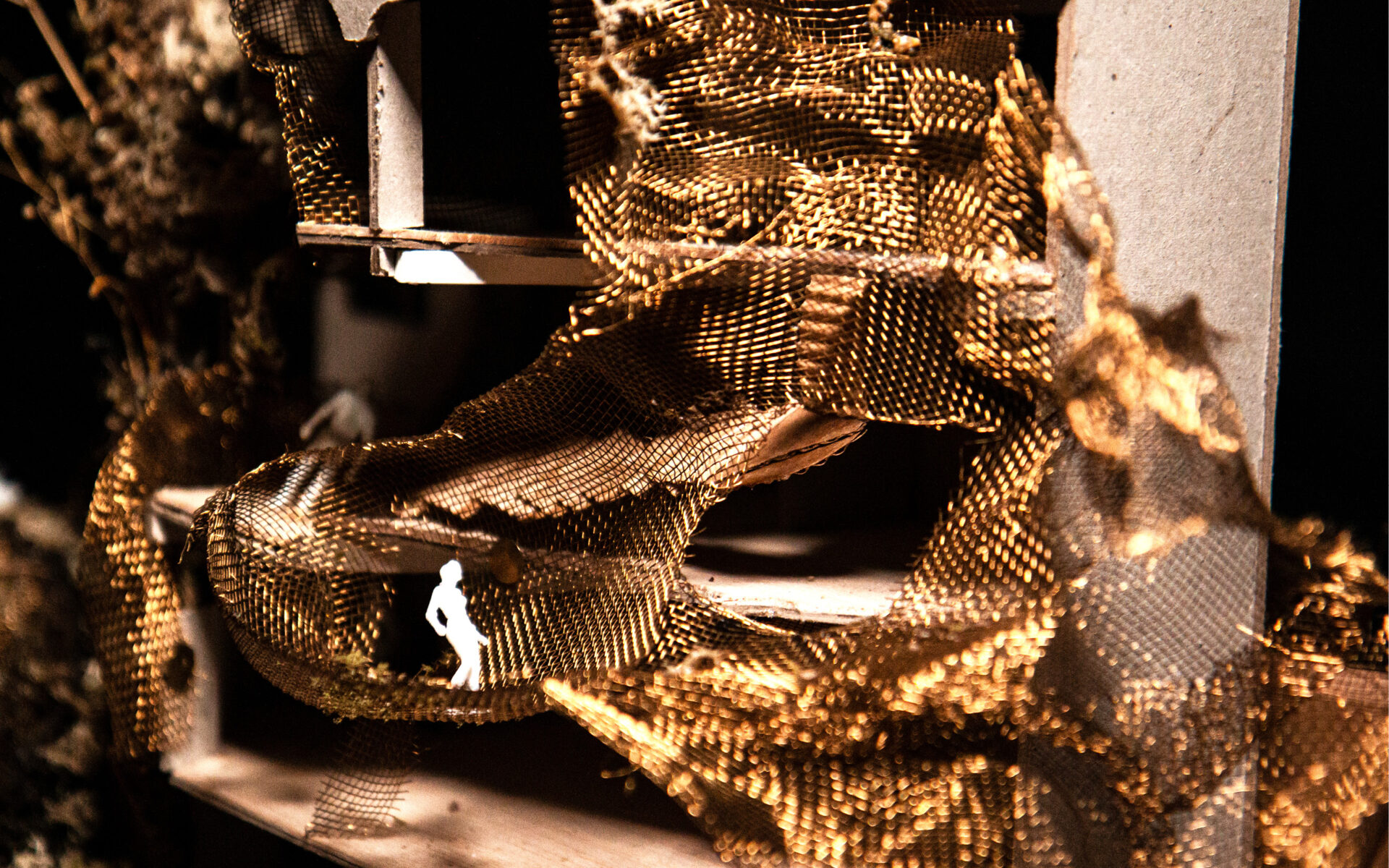
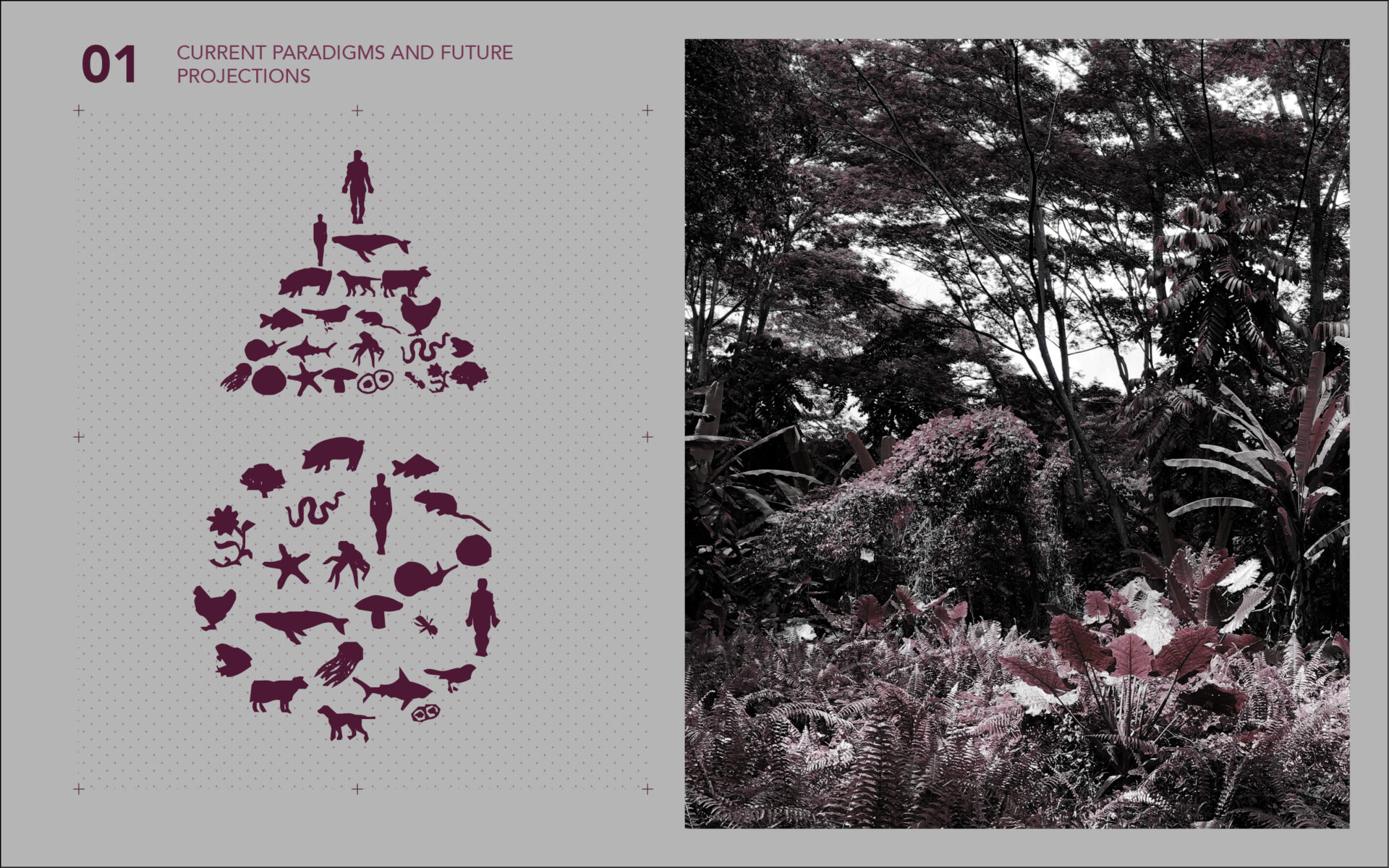
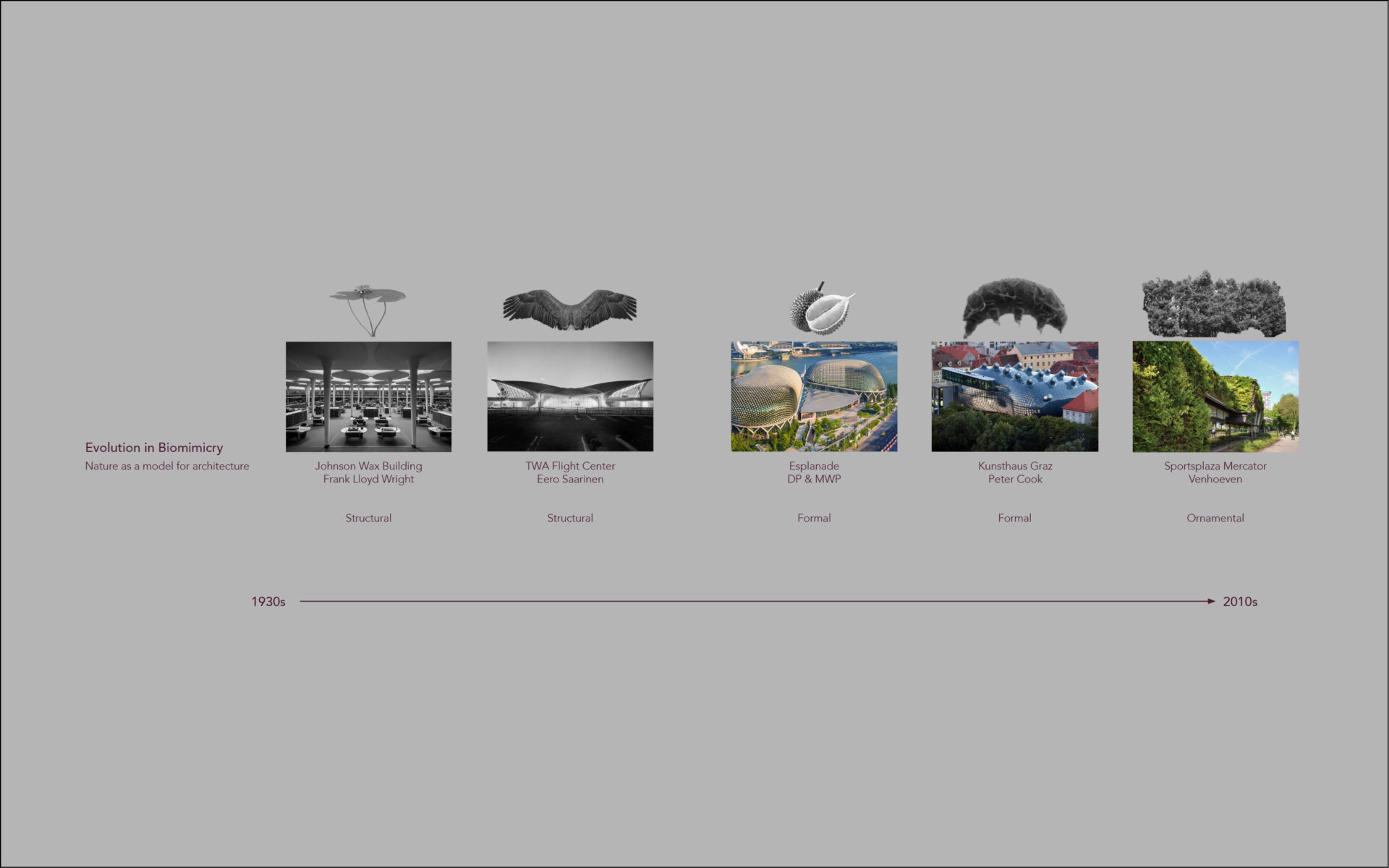
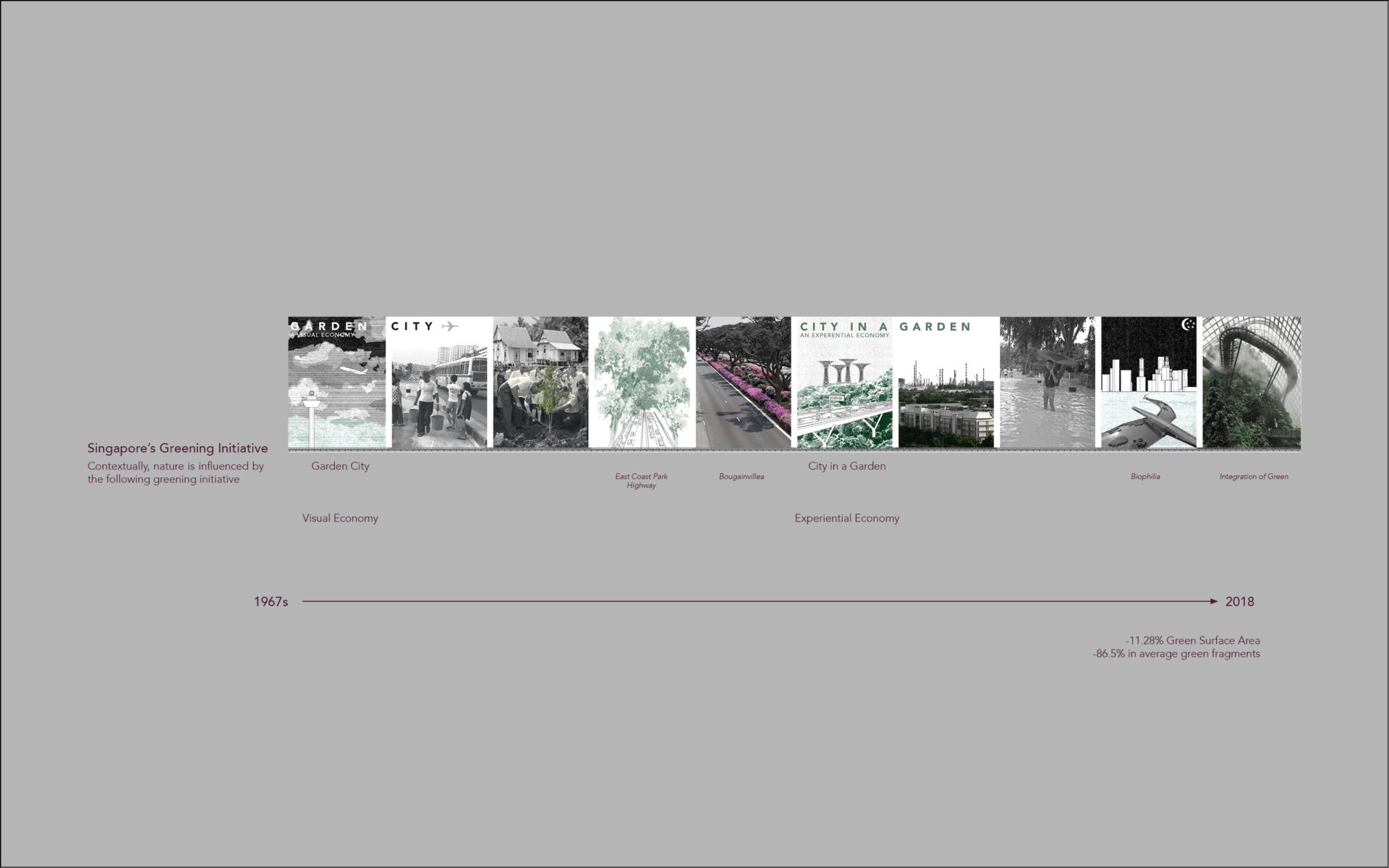
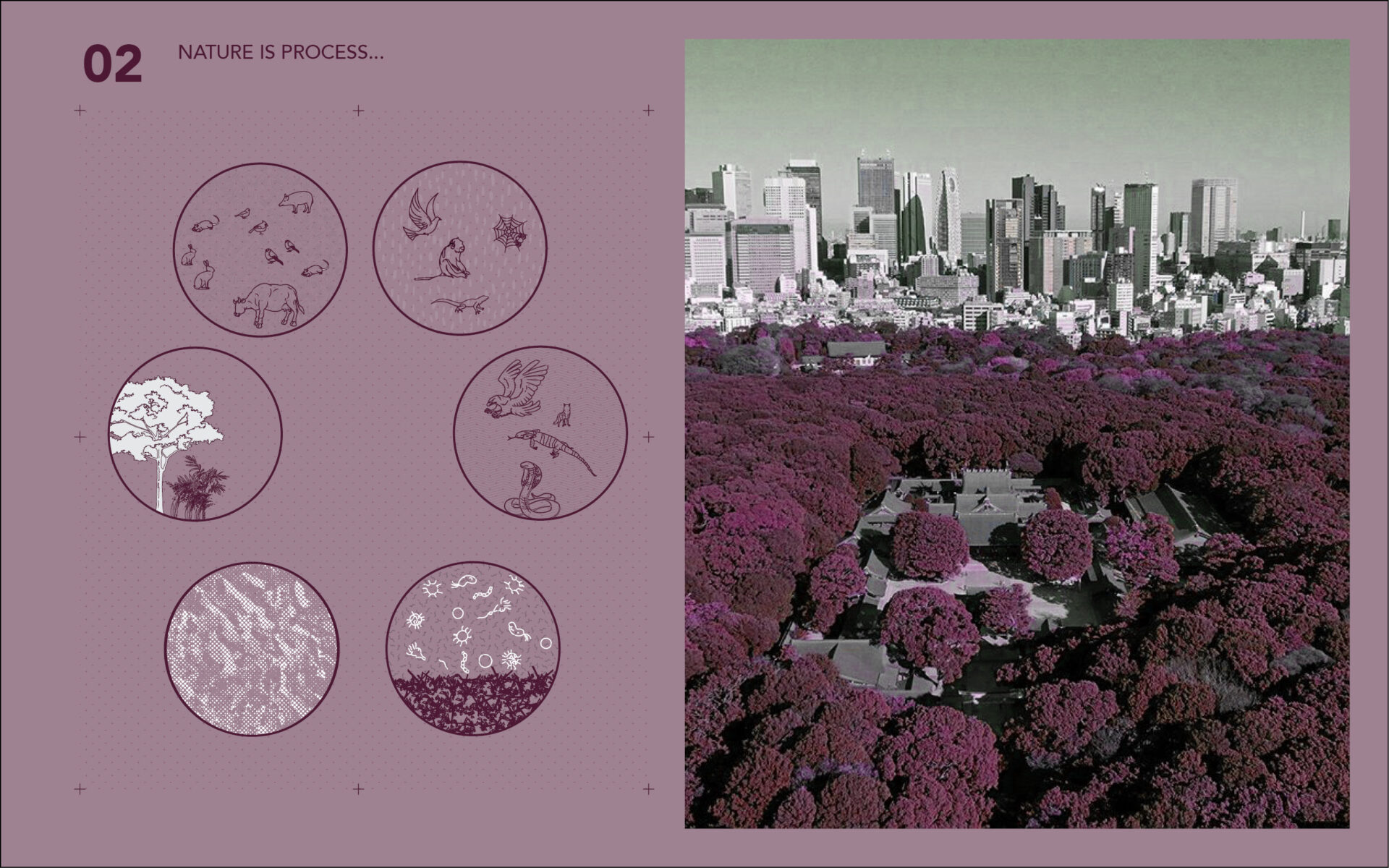
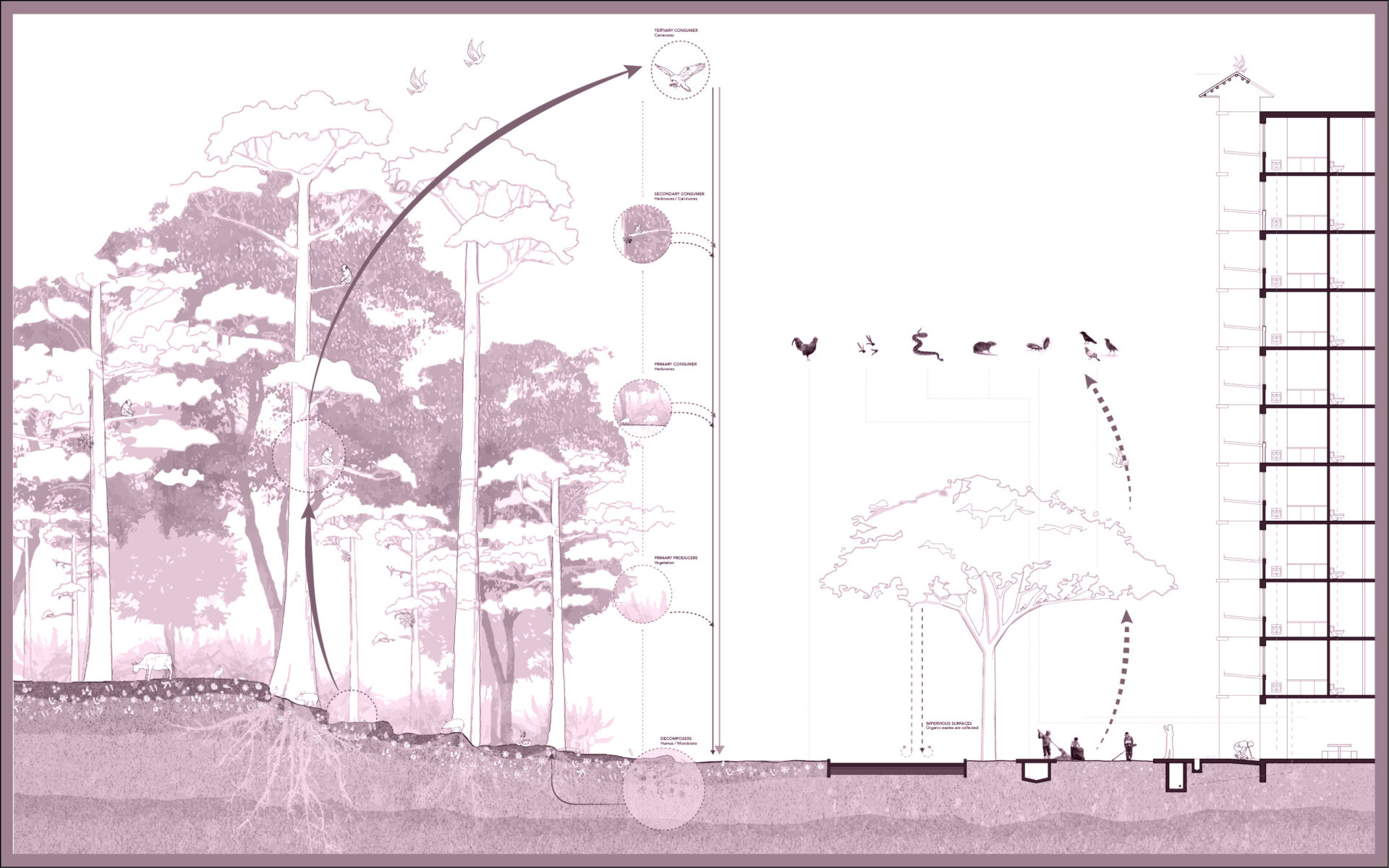
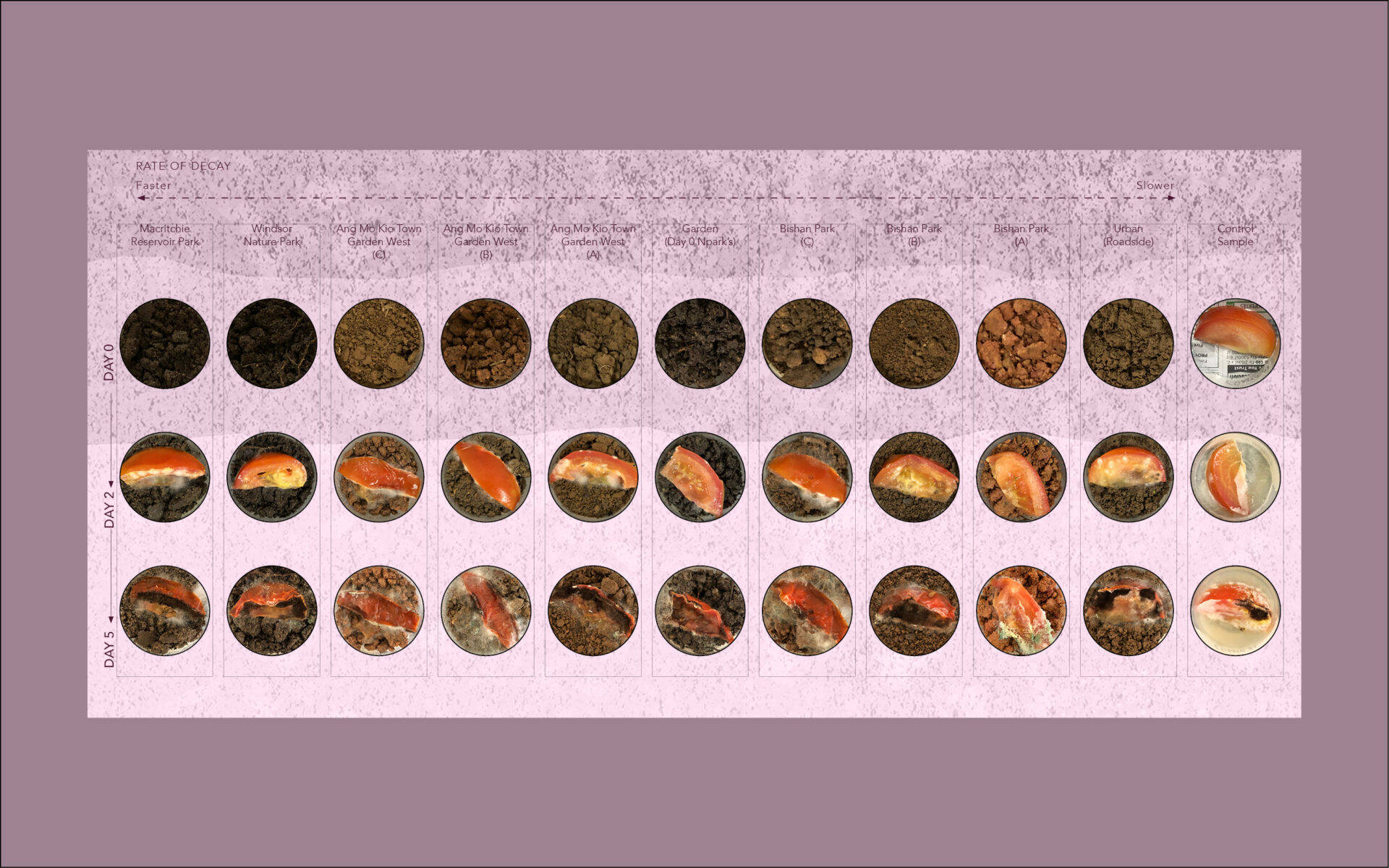
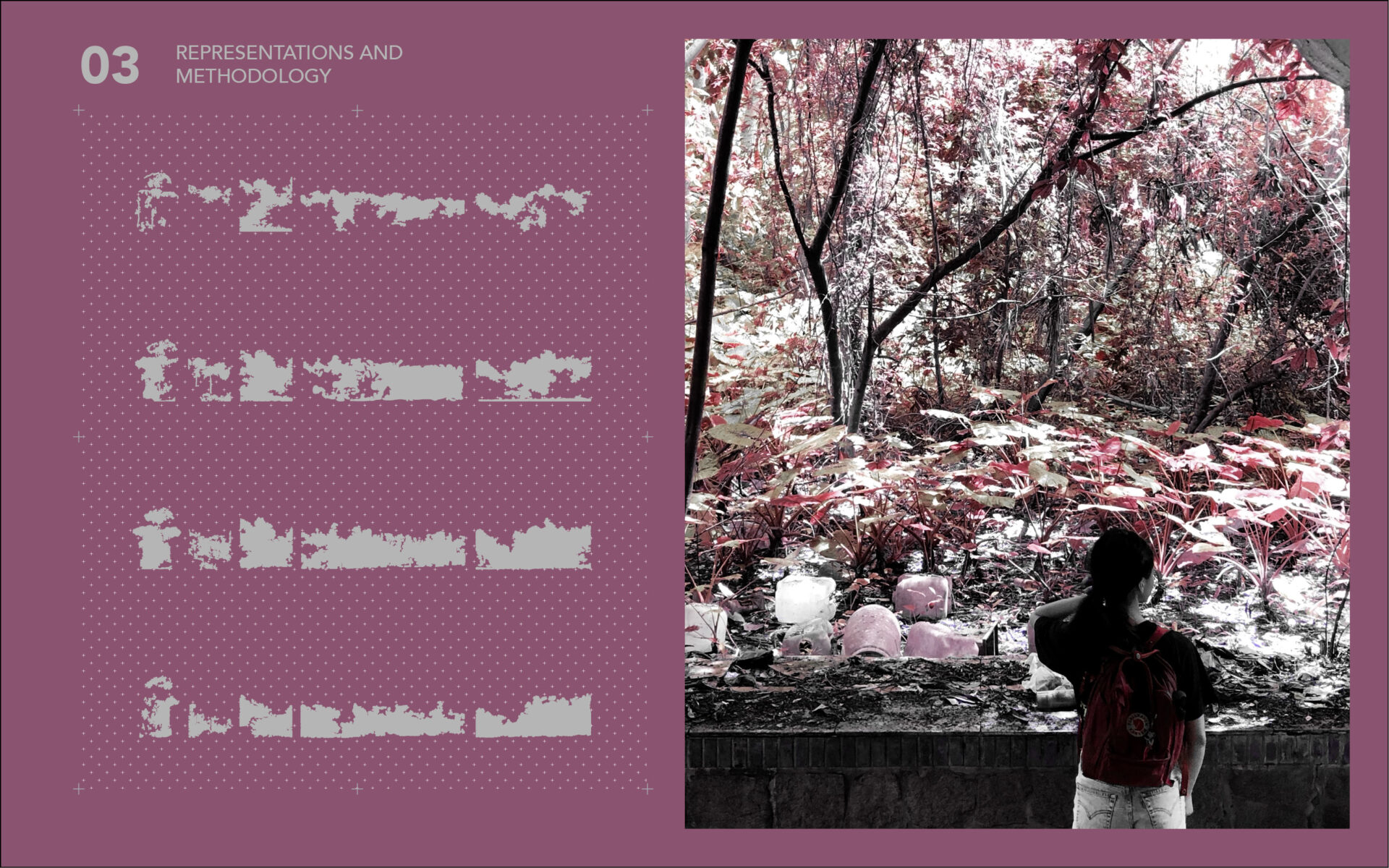
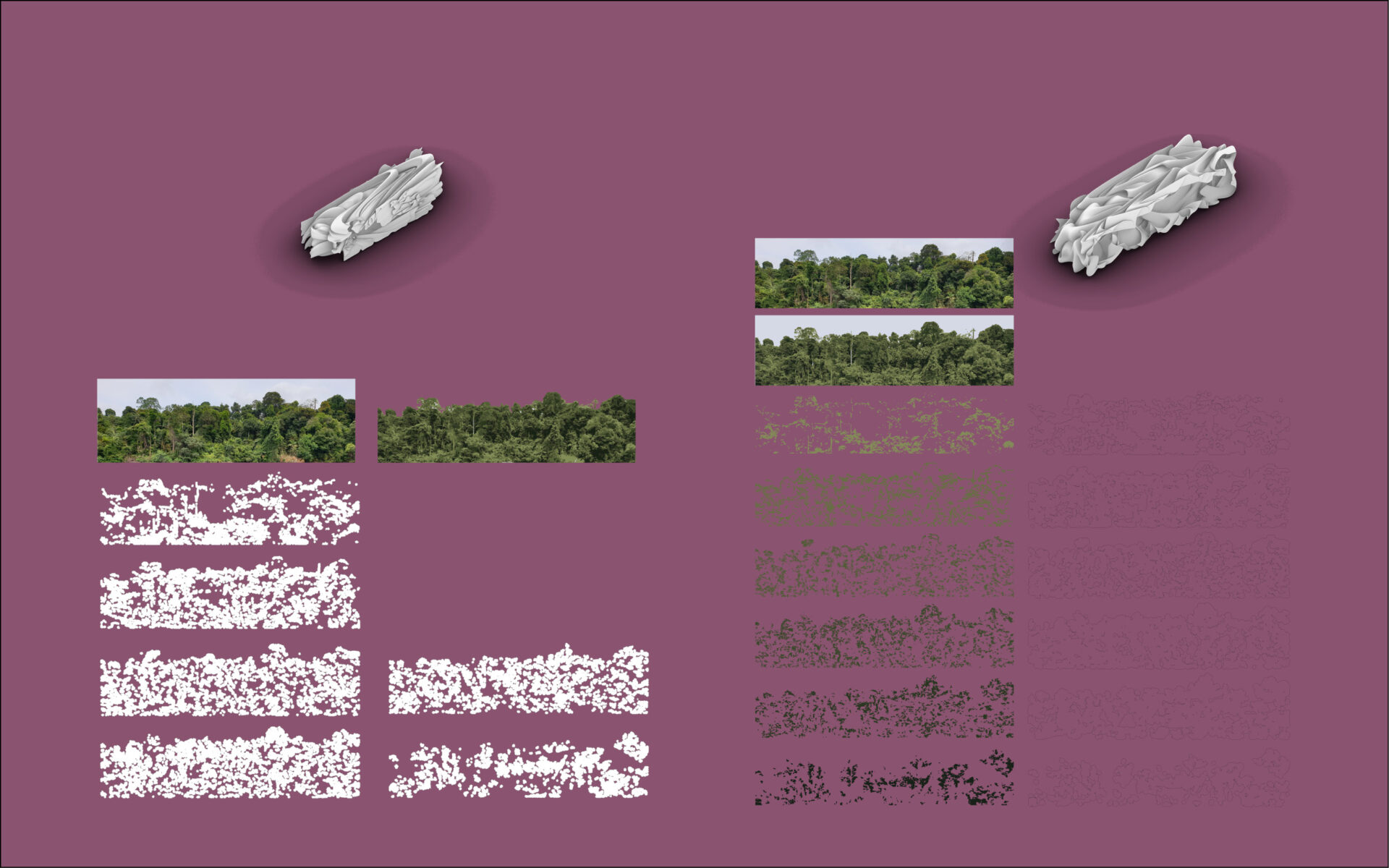
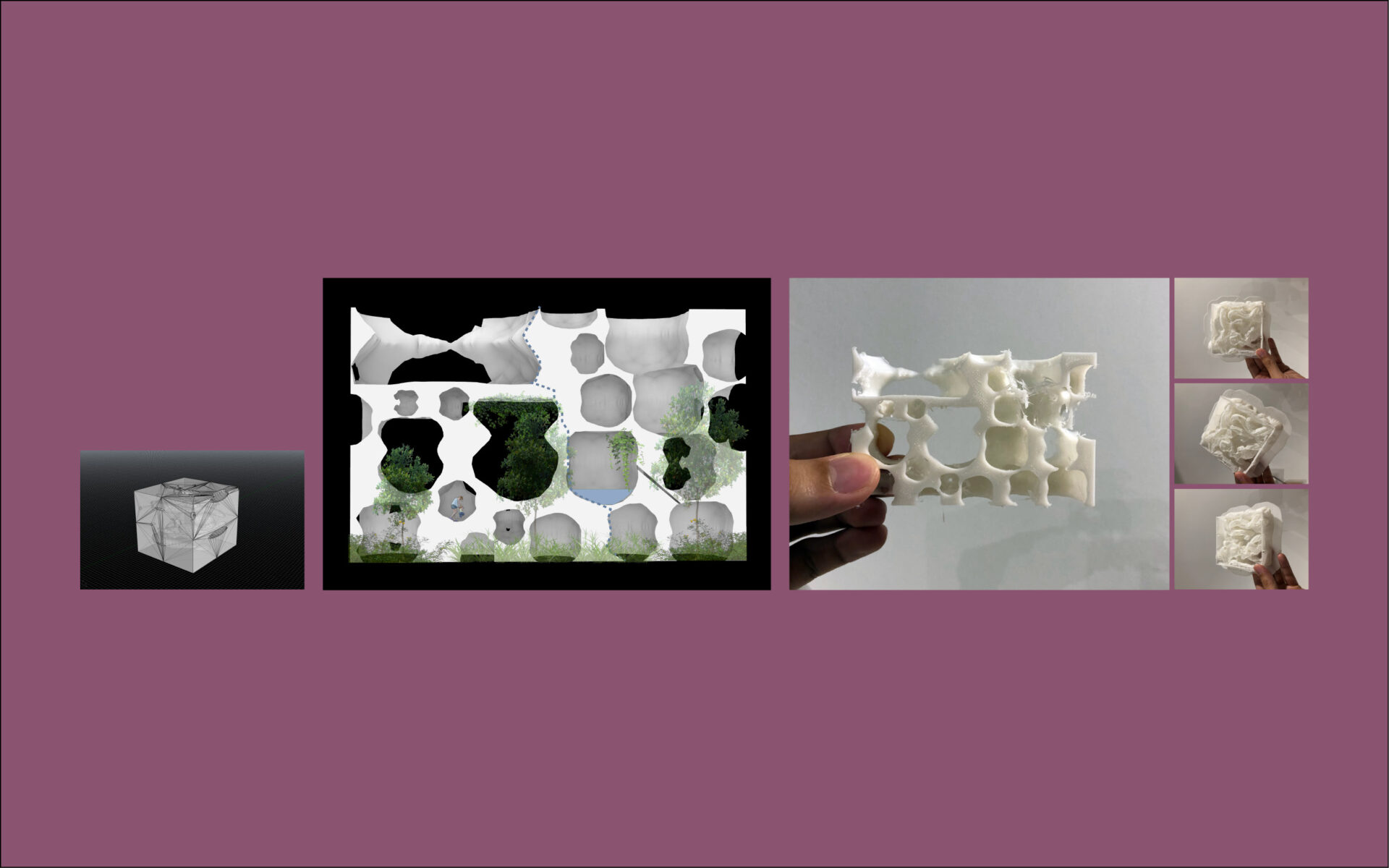
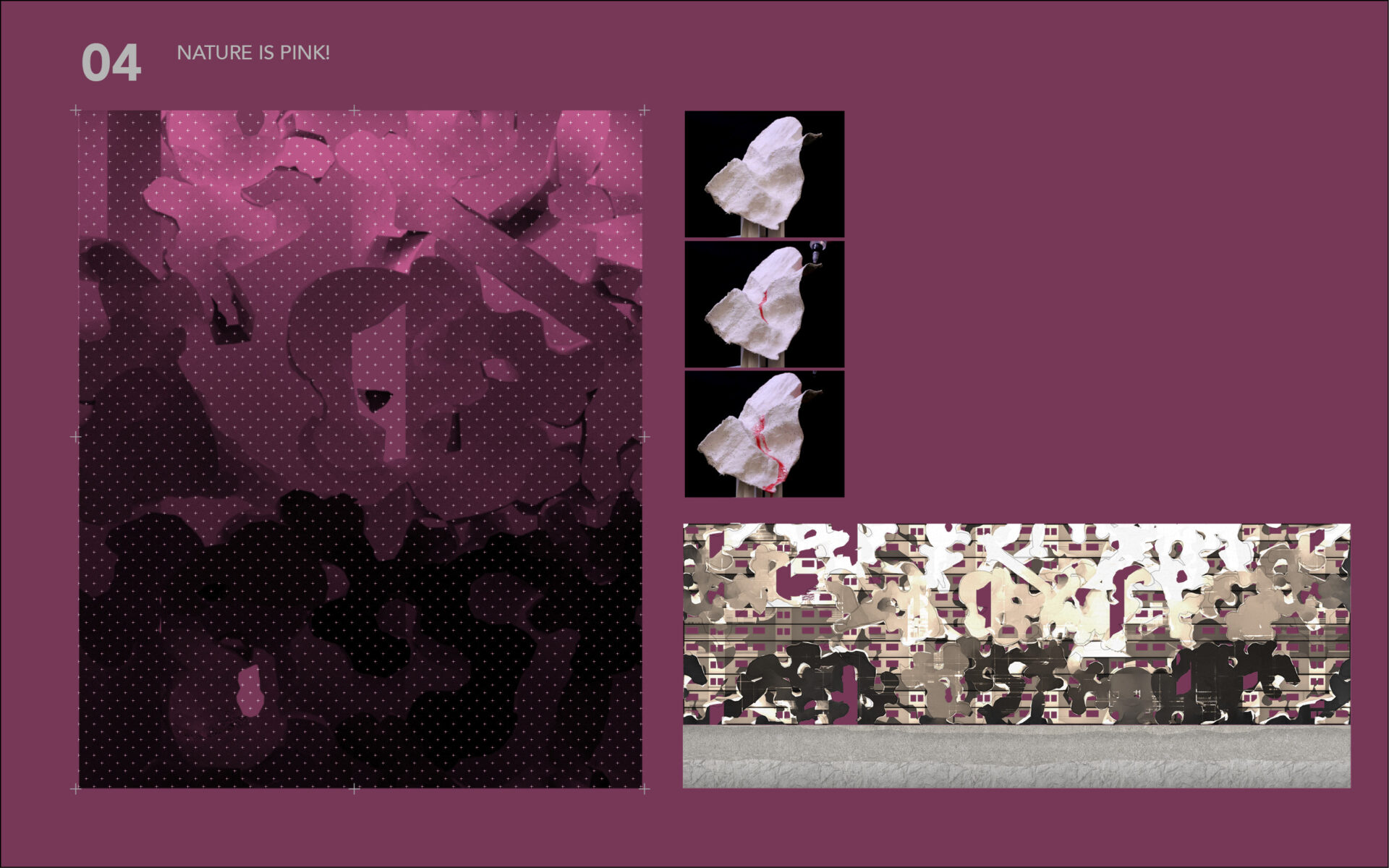
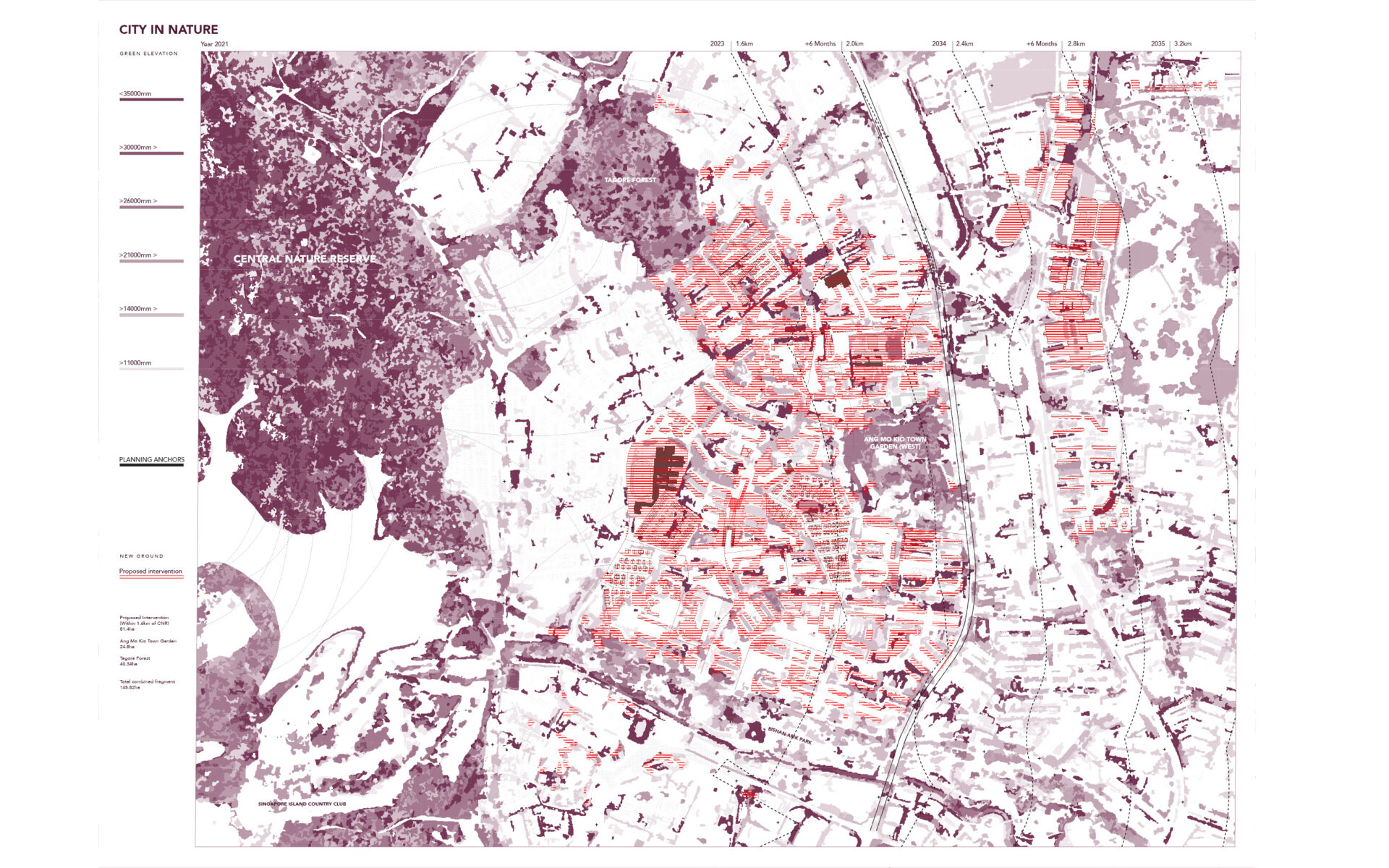
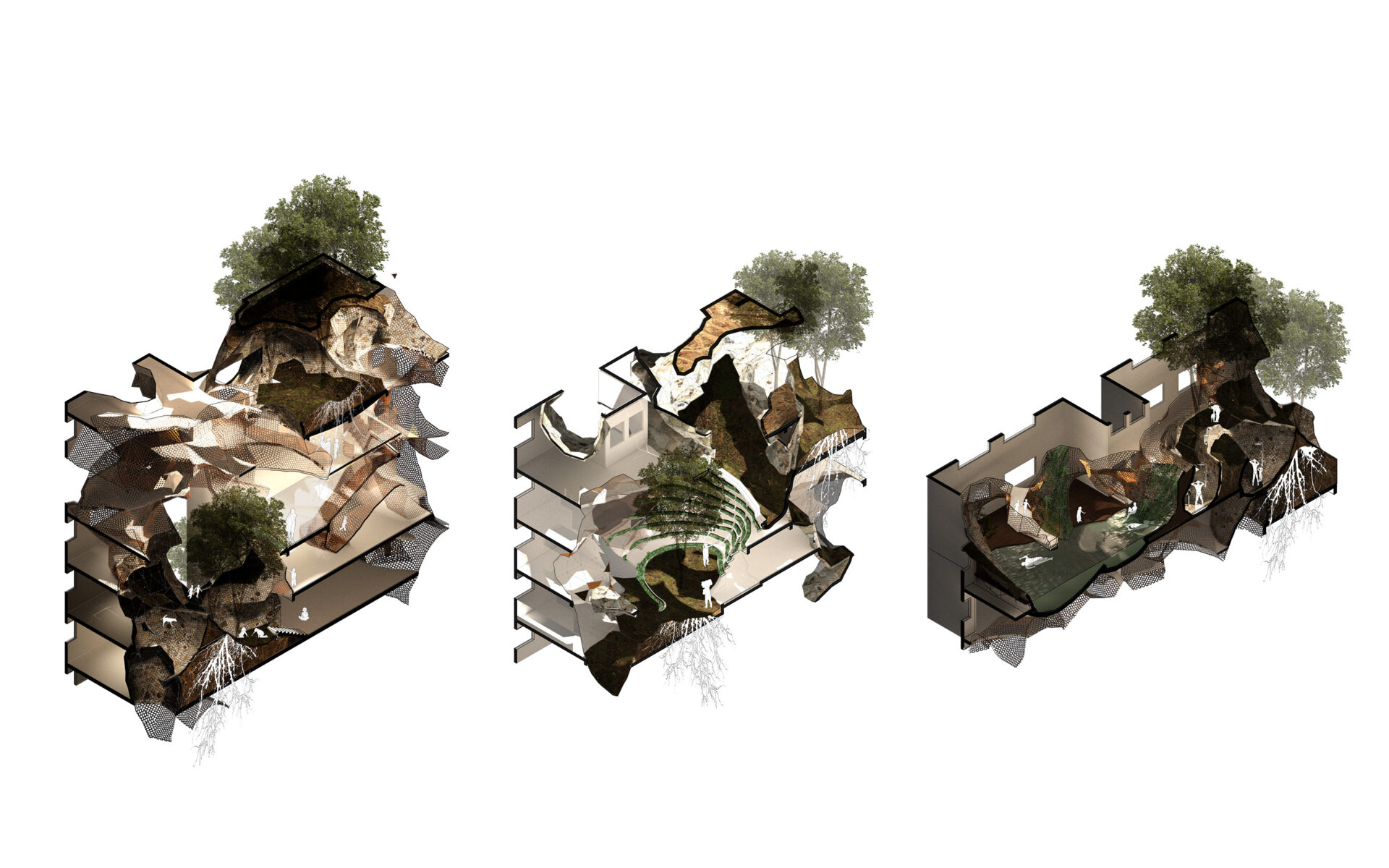
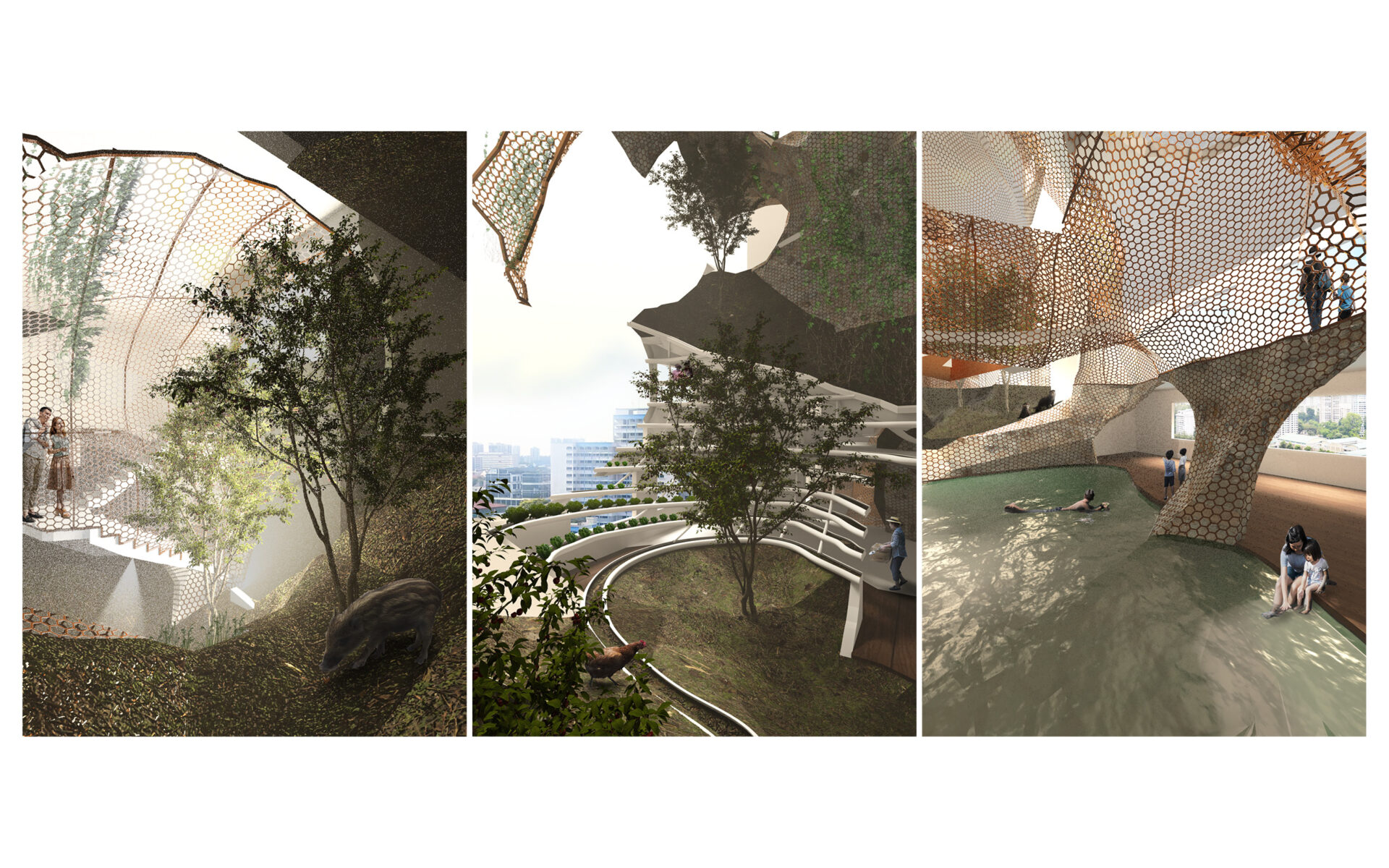
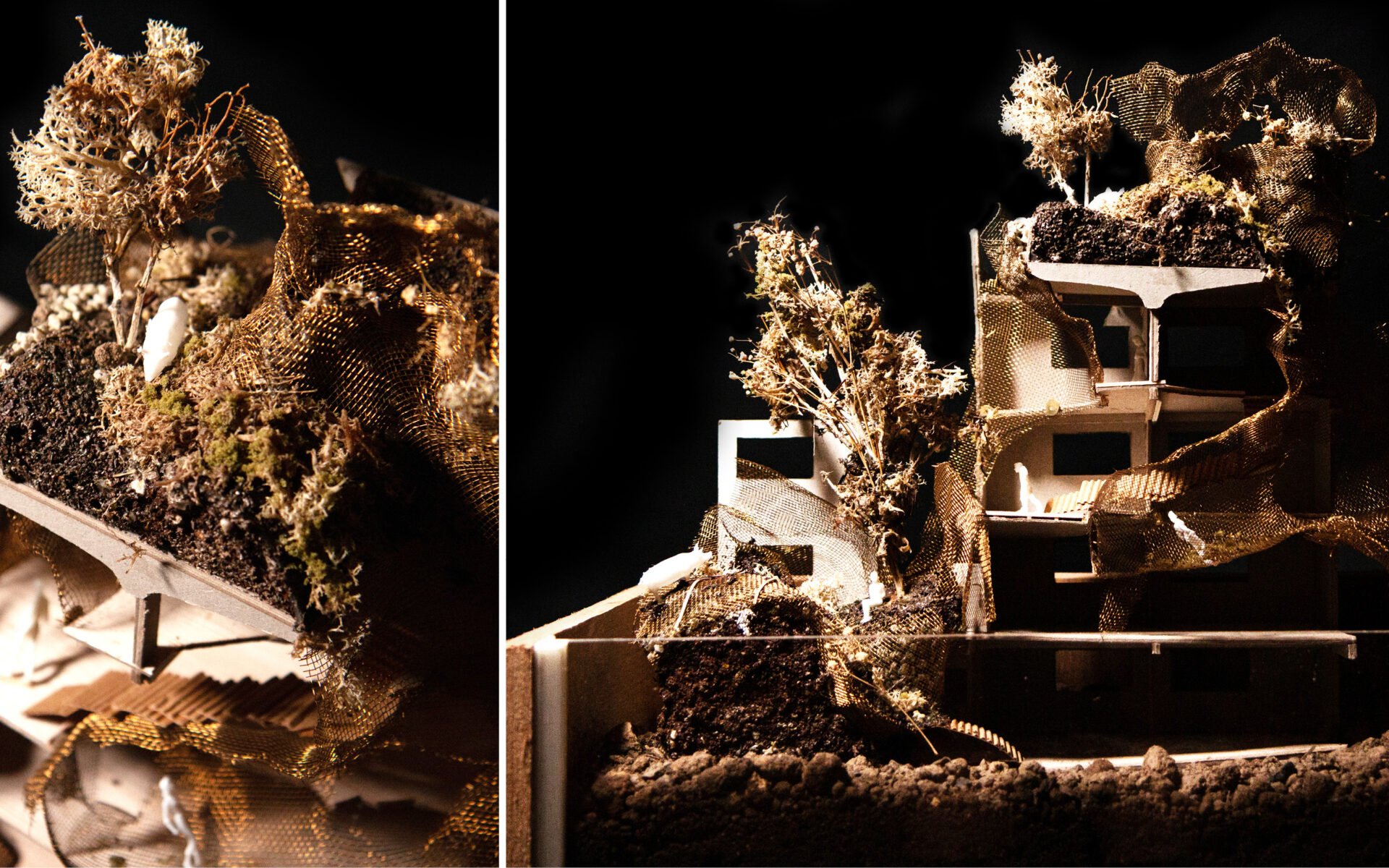
Supervisor's comments:
The thesis first splices Singapore’s seemingly contradictory development framework of a “City in Nature” into two. A city of densities, plot boundaries and delineations primarily for human occupation; against the connecting, sprawling unseeable processes of nature with its taxonomy of known and also as yet unknown constituents. Thus defined, the city-state’s (plan-based) zoning, (building) development timeframe and (city-use) planning quantification methods are exposed as outmoded paradigms for the city’s aspirations. The design thesis argues successfully that the tipping point from a “City in a Garden” to a city in nature requires shifts in paradigms and instrumentalises these shifts as design principles on which a seminal architecture is formulated. The thesis works out an exemplar case study in sectional interventions that prioritises connections over delineations and boundaries as well as enlightens planning quantums from abstract ratios to critical granularities and affective scales for a city in nature.
- Adj. Asst. Prof. Adrian Lai